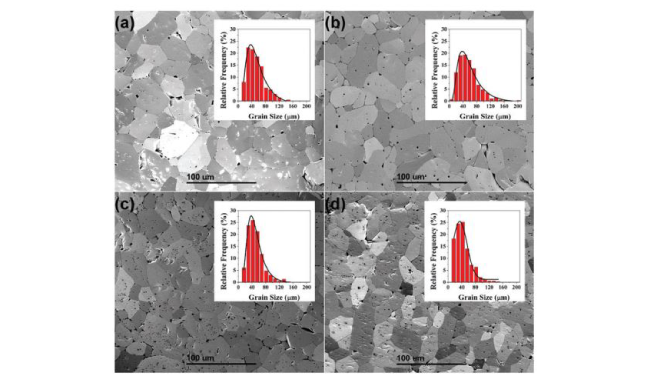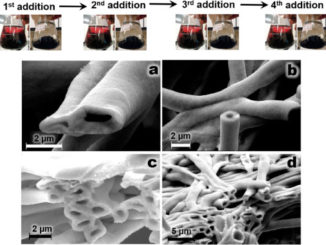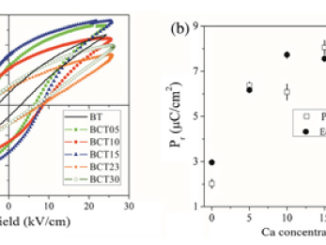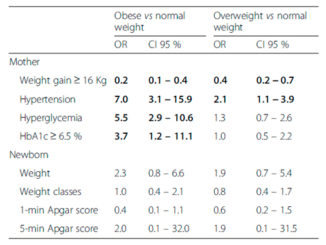
Understanding the fundamental electrical and photoelectrochemical behavior of a hematite photoanode
Abstract: Hematite is considered to be the most promising material used as a photoanode for water splitting and here we utilized a sintered hematite photoanode to address the fundamental electrical, electrochemical and photoelectrochemical behavior of this semiconductor oxide. The results presented here allowed us to conclude that the addition of Sn4+ decreases the grain boundary resistance of the hematite polycrystalline electrode. Heat treatment in a nitrogen (N-2) atmosphere also contributes to a decrease of the grain boundary resistance, supporting the evidence that the presence of oxygen is fundamental for the formation of a voltage barrier at the hematite grain boundary. The N-2 atmosphere affected both doped and undoped sintered electrodes. We also observed that the heat treatment atmosphere modifies the surface states of the solid-liquid interface, changing the charge-transfer resistance. A two-step treatment, with the second being performed at a low temperature in an oxygen (O-2) atmosphere, resulted in a better solid-liquid interface.
Author(s): Soares, MRS; Goncalves, RH; Nogueira, IC; Bettini, J; Chiquito, AJ; Leite, ER.
PHYSICAL CHEMISTRY CHEMICAL PHYSICS
Volume: 18 Pages: 21780-21788 Published: AUG 31 2016
PDF: Understanding the fundamental electrical and photoelectrochemical behavior of a hematite photoanode
DOI: 10.1039/c6cp03680e




